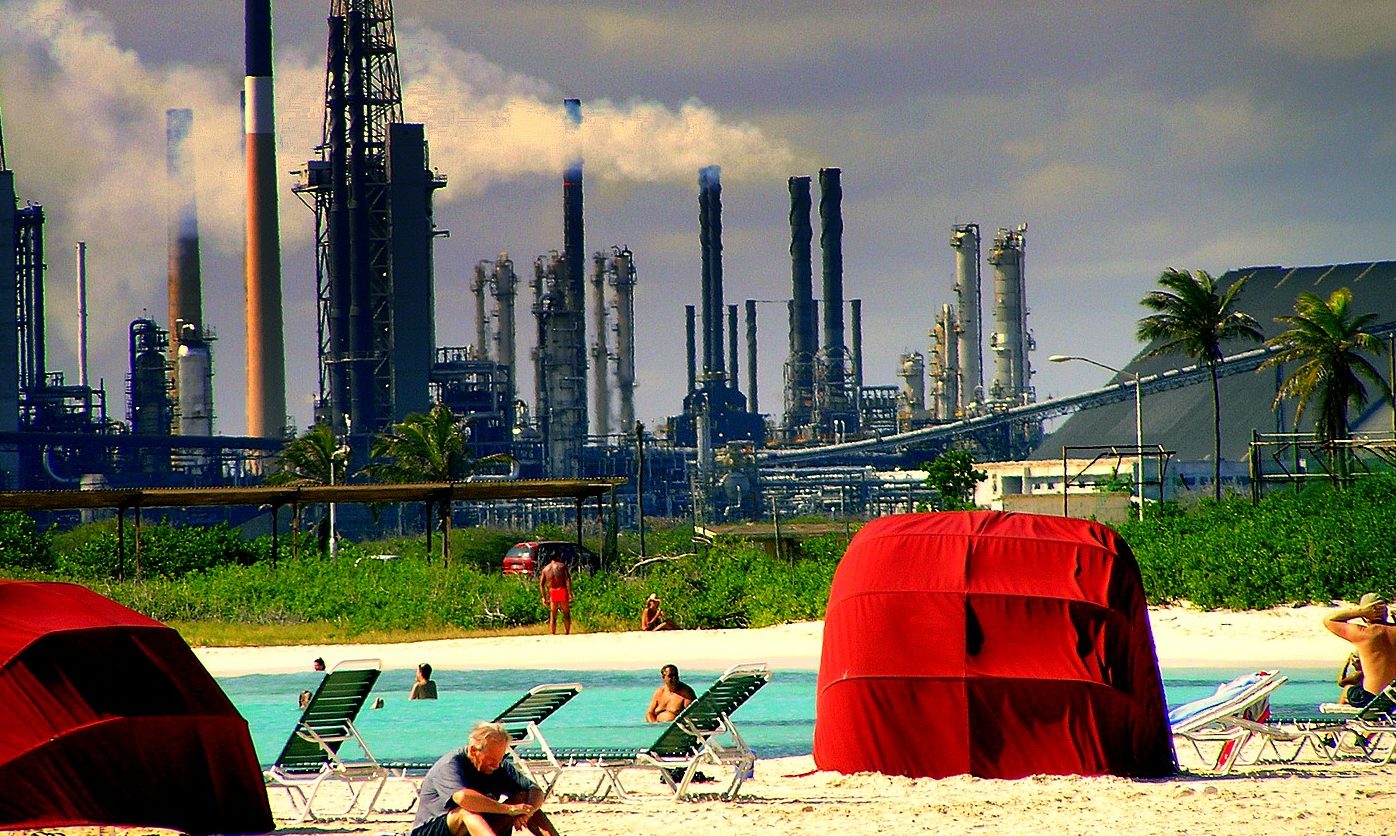June 2018
Global climate change has already begun, and the scientific consensus is that it is largely caused by burning fossil fuels and deforestation. Allowing temperatures to keep rising unabated would push the world further into climate crisis, so in 2015 governments agreed to limit warming to under 2 degrees Celsius and as close to 1.5 degrees as possible – while acknowledging that even that wouldn’t avoid many severe impacts across the world.
If countries are serious about meeting that limit, approximately 80 percent of the fossil fuels we already know about will need to be left in the ground.
In its report ‘The Sky’s Limit’, research organisation Oil Change International calculated that:
‘No new fossil fuel extraction or transportation infrastructure should be built, and governments should grant no new permits for them… The oil, gas, and coal in already-producing fields and mines are more than we can afford to burn while keeping likely warming below 2°C.’
However, the business models of major oil companies rely on continuing to use fossil fuels at similar levels over the coming decades. Global Witness have crunched the numbers and found that the oil and gas industry is set to spend $4.9 trillion (yes, trillion) over the next ten years on exploration and extraction in new fossil fuel fields. Specifically, over the next decade, Shell will spend $149 bn, and BP $71 bn on new oil and gas.
This puts oil and gas companies on a direct collision course with genuine efforts to curb greenhouse gas emissions and limit further climate change. It also means that all the leading oil companies are seriously exposed to the risk of people one day not wanting or needing their products.
Shell produces 3.1 million barrels of gas and oil every day, and is active in all areas of the fossil fuel industry, including exploration and production, refining, transport, distribution and marketing, power generation and trading. It plans to keep 95 percent of its investments in fossil fuels. Latest data shows that Shell’s emissions have risen to their highest level since 2014.
BP, another leader of the oil and gas industry, has reserves equivalent to more than 18 million barrels of oil. In 2015, it spent $20 billion on projects worldwide, with all but a small fraction going into fossil fuel extraction.
Energy giant Statoil has a significant worldwide presence, and produces around 70 percent of oil and gas on the Norwegian continental shelf. It shows no sign of stopping, continuing to invest at least 80 percent into its oil and gas business rather than clean energy.
This state of affairs can be expressed as a ‘carbon bubble’.
These oil companies continue to base their market value on how much oil, coal and gas they have left to extract and sell, ignoring warnings that most of it needs to be left in the ground if the world is going to stick to its agreed climate targets.
That means the value of fossil fuel companies is actually a financial ‘bubble’, and unless the industry starts to seriously transition away from fossil fuels, this bubble could burst — with far-reaching consequences.
Fossil fuel reserves and infrastructure will become ‘stranded assets’ – items the companies own but will never be able to extract or sell. The bubble has been estimated at around £3 trillion, accounting for a huge chunk of the global economy.
Recent research warns that the bursting of the carbon bubble could even spark a global financial crisis, causing the loss of approximately US$12 trillion worldwide.
